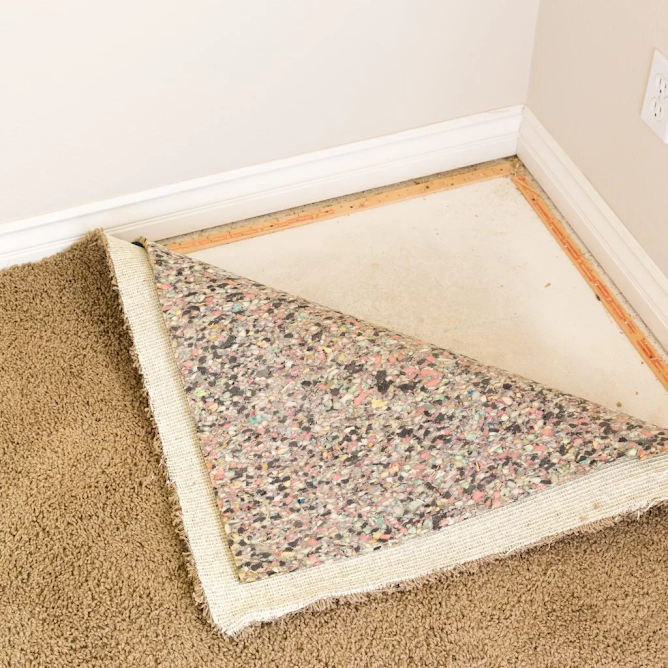How to Deal with Tricky Corners and Angles During Carpet Installation
Carpet Installation is a popular flooring option in many homes. It is soft, comfortable to walk on, and offers good sound insulation. But, like any other flooring material, it can wear out and need replacement. Carpet installation can be done yourself or hired out to a professional. It is not a difficult task but it is time consuming and requires the right tools. If you’re considering hiring a professional, there are some things to consider before making the decision.
Budget for the installation
The first step in carpet installation is determining how much material you need. This can be done by measuring the length and width of each room in feet and multiplying them to determine the square footage. Once you have this number you can then choose which type of carpet you want and find out how much it costs per square foot from local retailers or online sources. This is important to know because it will help you budget for the installation.
Subfloor will need to be prepped for the new carpet
Next, the subfloor will need to be prepped for the new carpet. This is typically achieved by removing any existing padding and tack strips along with a thorough cleaning. It is very important to make sure the floor is free of dirt, debris, and moisture. If not done properly this can lead to a multitude of problems including mold and mildew growth, surface staining, and even structural damage.
Subfloor is ready for installation
Once the subfloor is ready for installation it is time to lay out the carpet. This process requires a large amount of patience and care to ensure the seams are correctly placed. Most installers will provide a seaming diagram to show where the seams should go and will also use pad staplers or pad glue to ensure the carpet is securely fastened. This is one of the reasons why it’s so important to hire a reputable and experienced carpet installer. If not done correctly, seams can come apart or overlap which can result in a less than desirable finished product.
Protect the new carpet
After the seams are installed the installer will trim the excess and apply edge binding to the exposed edges of the Carpet Installation . This helps to protect the new carpet and give it a more finished look. The carpet should be left to set for a minimum of 24 hours after installation. This is especially important in rooms that have furniture in them such as living room couches.
Final step in carpet installation
The final step in carpet installation is vacuuming the new area and allowing it to thoroughly dry before returning any furniture to the room. It is recommended to keep pets and kids off the carpet for this period of time as well. This will prevent the carpet from getting scuffed or stained during this crucial drying time.
Conclusion
A professionally installed carpet is a beautiful addition to any home or business. However, like any other project it takes time and knowledge to do it properly. If you’re looking to get your carpet installed correctly the first time, contact a reputable carpet installer and ask for references from friends or family members. This is the best way to avoid a scam and to ensure that you’re getting the best value for your money.



Comments
Post a Comment